Rules and Links for the ancient game of Senet
Rules
The equipment for Senet is very simple:
There are 10 movers, each quite different from each other. In the traditional Egyptian game there were 5 cone shaped pieces and 5 reel shaped pieces. The Egyptian words for these was ‘ibau’ which means ‘dancers’. The game is a race between the cones and the reels.
The board that these pieces race around has 30 squares and was often referred to on papyri and wall paintings as ‘the house of thirty’. The ‘dancers’ race in an ’S’ shaped fashion as at left — entering in the top, left-most square, and exiting at the bottom, right-most square.

Squares 15, 26 and 27 have special meaning. Land on 15 and your piece is safe from attack. Land on 26 and you get an extra turn. But land on 27 and you ‘drown’ and must take your piece off the board to start again.
Four ‘Casting Sticks’ serve as ‘dice’. You hold the sticks together (more likely roll the sticks nervously between your hands as you pray to lady luck), and drop them on the ground or table. Casting sticks had one side rounded and one side flat – as if you had cut a straight section of tree branch down the middle long axis to make two half sticks. Each stick has a dark (dark brown) and a light (white ash) side (the dark side was the curved side, the light side the flat side). The number of whites that end up showing determine the number of squares you can move on the board. Thus you can have 1 through 4 whites allowing you to move 1 to 4 squares, respectively. But, If no whites show ( in other words, all the sticks end-up dark side up) then you get to move 6 squares. The examples below show examples of each of the possibilities:
1 – You can move one square.
2 – You can move two squares.
3 – You can move three squares
4 – You can move four squares or enter a piece on the board at square 4 (you must throw a 4 or a 6 to enter a piece on the board)
6 – You can move 6 squares or enter a piece on the board at square 6. You also get an extra turn!
Links to Web Pages about Senet
The Online Guide to Traditional Games
http://www.tradgames.org.uk/features/games-index.htm
Senet, the game that Backgammon was invented from
http://www.tradgames.org.uk/games/Backgammon.htm
****
Rules and Links for the ancient game of Seega
Rules
There are many varieties of Seega, but we are only including instructions for one of the most common, basic games.
A board of 5 x 5 squares is marked out and each player has twelve distinctive ‘stones’. Rocks and potsherds work nicely. The board may be increased to 7 x 7 or 9 x 9, each player then having twenty-four or forty pieces.
Object of the Game
Similar to checkers, you are trying to capture your opponent’s pieces. The game ends when a player (the looser) has only one piece left.
Start
To start, the first player lays down two of his or her pieces in the squares marked “X.” The other player lays down two pieces in the squares marked “O.”
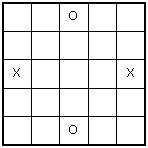
Next, the players take turns, laying down two pieces at a time in any square but the center square. These turns are taken until all the pieces are laid down. The center square is left open.
Moving Pieces
Pieces may be moved only to adjacent open squares, but diagonal moves are not allowed.
Taking Pieces
A piece is taken (removed from the board) when it is “sandwiched” by two of the opponent’s pieces. Sandwiching diagonally does not count.
“Pieces are only taken when the opponent makes a move that sandwiches the piece. For example, if you move your piece in between two of your opponent’s pieces your piece is safe. If in the original layout of the board, one of your pieces is between two of your opponent’s pieces, your piece is safe.
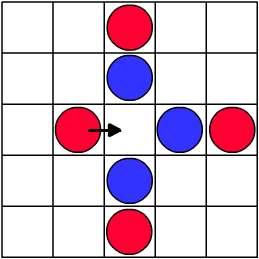
In the diagram, when the red stone is moved as shown, it captures all three blue stones simultaneously.
Other Rules
If a player is completely blocked in so that he or she cannot make any moves, then the blocked-in player is allowed to remove any one of the opponent’s pieces to clear a path. This situation usually arises only within the first few moves of the game.
A second move in a single turn is allowed if the first move yielded a “take” and an additional move of the same piece will yield another “take.” If a whole series of such moves are possible, then several moves in the same turn are allowed.
Links
Mathematics Enrichment
http://nrich.maths.org/mathsf/journalf/nov01/game1/index.html



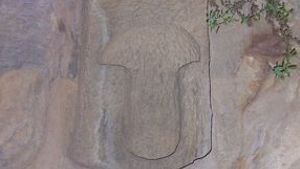



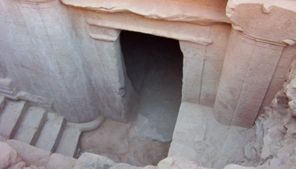






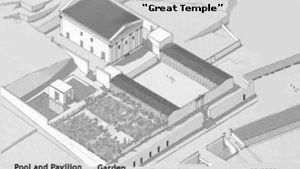
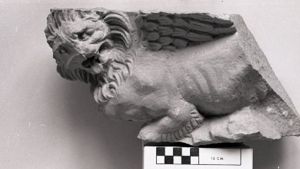





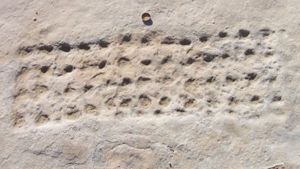
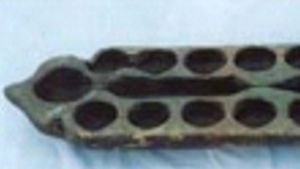
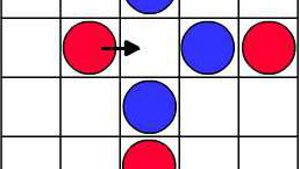









Page Discussion
Membership is required to comment. Membership is free of charge and available to everyone over the age of 16. Just click SignUp, or make a comment below. You will need a user name and a password. The system will automatically send a code to your email address. It should arrive in a few minutes. Enter the code, and you are finished.
Members who post adverts or use inappropriate language or make disrespectful comments will have their membership removed and be barred from the site. By becoming a member you agree to our Terms of Use and our Privacy, Cookies & Ad Policies. Remember that we will never, under any circumstances, sell or give your email address or private information to anyone unless required by law. Please keep your comments on topic. Thanks!